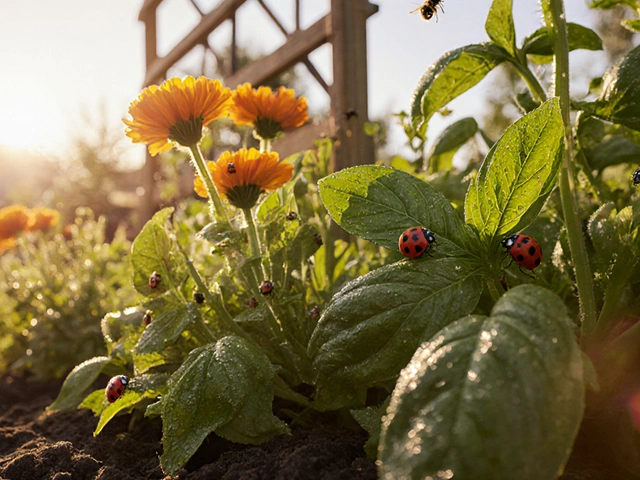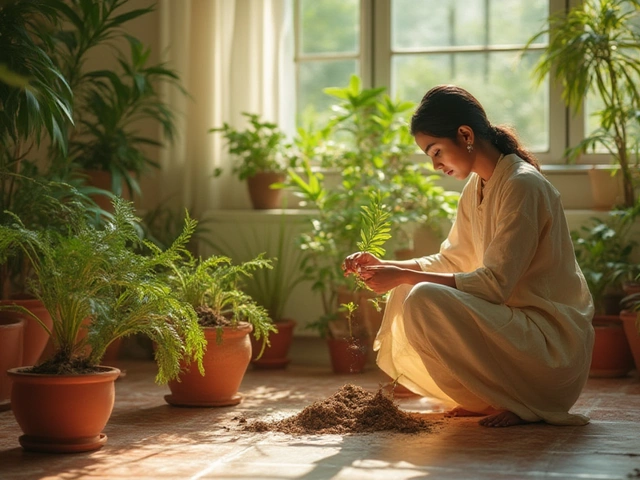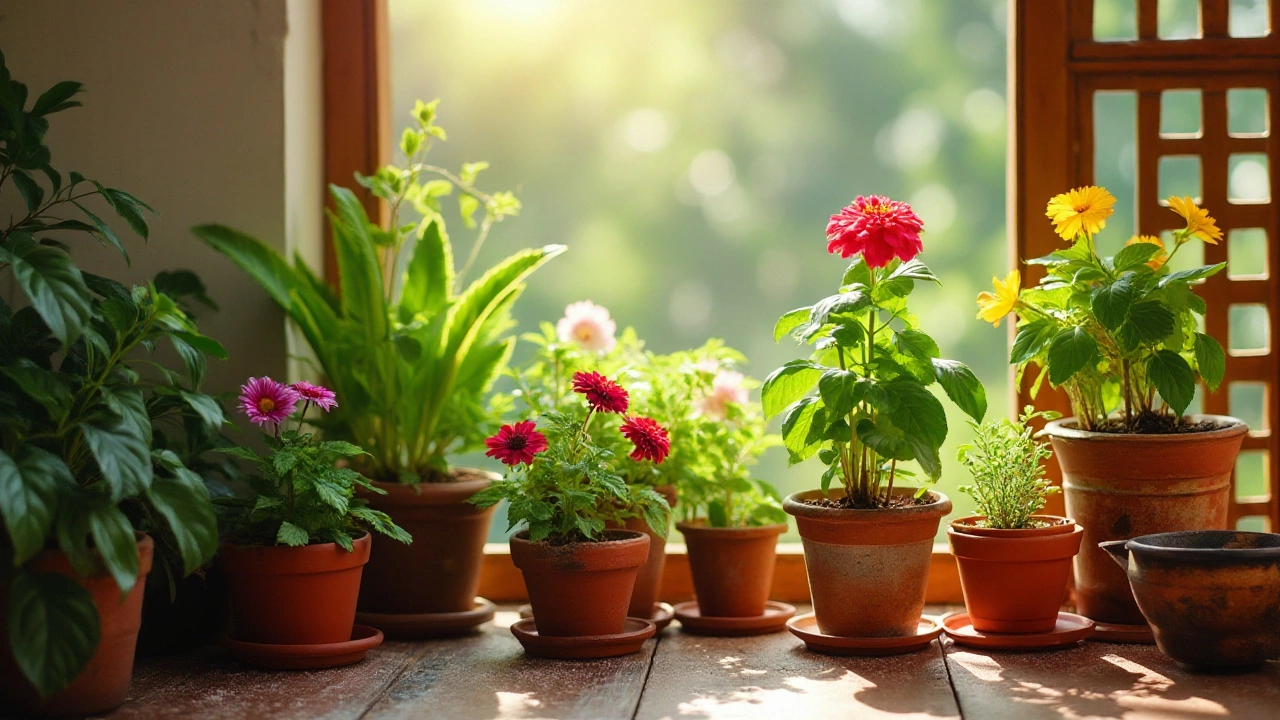Epsom Salt for Plants – Quick How‑to Guide
Ever wondered why gardeners keep a jar of Epsom salt handy? It’s not just a bathroom cleaner – it’s a cheap source of magnesium and sulfur, two nutrients plants love. In India’s varied soils, a little extra magnesium can make the difference between a thin leaf and a lush, green growth. Below you’ll find the basics, the right way to use it, and a few cautions to keep your garden thriving.
Why use Epsom salt?
Plants need magnesium to make chlorophyll, the green pigment that captures sunlight. When magnesium is low, leaves turn yellow, growth slows, and fruit quality drops. Epsom salt (magnesium sulfate) dissolves easily in water, delivering magnesium straight to the root zone or leaf surface. It also adds sulfur, which helps proteins and enzymes work properly.
In many Indian regions, especially where soils are acidic or heavily cultivated, magnesium can be leached away. Adding Epsom salt is a quick fix that doesn’t change the soil pH. Home gardeners love it for tomatoes, peppers, roses, and leafy greens – any plant that shows yellowing between the veins can benefit.
How to apply it safely
Foliar spray: Mix 1 to 2 teaspoons of Epsom salt in a gallon of water. Stir until dissolved, pour into a spray bottle, and mist the leaves early morning or late evening. This method lets the plant absorb magnesium through its leaves, giving a fast boost during fruit set or when you see yellowing.
Soil amendment: For a regular feeding, work 1 tablespoon of Epsom salt into the top 6 inches of soil per square meter. Do this once a month during the growing season. If you’re growing in pots, dissolve ½ teaspoon in a liter of water and water the plant as usual.
Always water the soil a bit after spraying, especially under hot sun, to avoid salt buildup on leaf surfaces. Over‑application can lead to a slight nutrient imbalance, so stick to the recommended amounts.
Best plants for Epsom salt: Tomatoes, cucumbers, peppers, lettuce, kale, beans, and roses respond well. For ornamental gardens, try it on hibiscus, bougainvillea, and geraniums to keep colors vibrant.
When not to use it: If your soil test shows adequate magnesium, skip the extra salt. Sandy soils that already drain quickly can handle it, but heavy clay might retain too much, leading to root stress. Also, avoid using Epsom salt on seedlings younger than two weeks – they’re too delicate for any added salts.
In summary, a little Epsom salt can punch up your garden’s health without costing a fortune. Keep the mix simple, follow the dosage, and watch your plants turn greener and more productive. Got questions about a specific crop? Drop a comment and we’ll help you fine‑tune the plan for your local climate.
Using Epsom Salt for Indoor Plant Care: Benefits and Tips
Epsom salt, commonly used in gardening, can also benefit indoor plants by providing essential nutrients like magnesium and sulfur. These elements aid in enhancing plant growth, improving flower blooming, and intensifying leaf color. However, while Epsom salt can be beneficial, it's crucial to use it correctly to avoid potential harm to your plants. This article explores the advantages and proper usage of Epsom salt for indoor greenery, offering tips to integrate it effectively into your plant care routine.
About
Indoor Plant Care
Latest Posts


Why Do Rice Farmers Flood Their Fields?
By Alden Thorne Mar 4, 2025

DIY Natural Pest Control: Simple Home Remedies for a Bug‑Free Garden
By Alden Thorne Oct 12, 2025

How to Tell If Your Houseplant Needs Water: Simple Signs & Expert Tips
By Alden Thorne Jul 23, 2025

